Abstract
PURPOSE To compare lesion enhancement after injection of gadopentetate dimeglumine on spin-echo and gradient-echo T1-weighted images.
METHODS A total of 48 contrast-enhancing intracranial lesions were evaluated using a spin-echo and two gradient-echo T1-weighted pulse sequences. Percent contrast, contrast-to-noise, and signal-to-noise measurements were made on the spin-echo T1-weighted, three-dimensional gradient-echo, and multiplanar gradient-echo sequences.
RESULTS The measurements were somewhat different for the following categories of lesions: extraaxial, intraaxial with edema, and intraaxial without edema. The latter group provided the greatest diagnostic challenge: three of 19 such lesions 1 cm in size or smaller could not be identified on three-dimensional gradient-echo images, and one could not be identified on multi-planar gradient-echo images. The spin-echo T1-weighted sequence demonstrated significantly higher percent contrast (P < .05) and greater contrast to noise (P < .03) than either gradient-echo sequence for these small intraaxial lesions without edema. For extraaxial and intraaxial lesions with edema, percent C was similar for spin-echo T1-weighted and three-dimensional gradient-echo images, while contrast to noise was greater for spin-echo T1-weighted images. This reflected greater tissue noise with gradient-echo sequences.
CONCLUSION The T1-weighted spin-echo sequence was preferred for detecting the full spectrum of contrast-enhancing lesions of the central nervous system.
- Copyright © American Society of Neuroradiology










